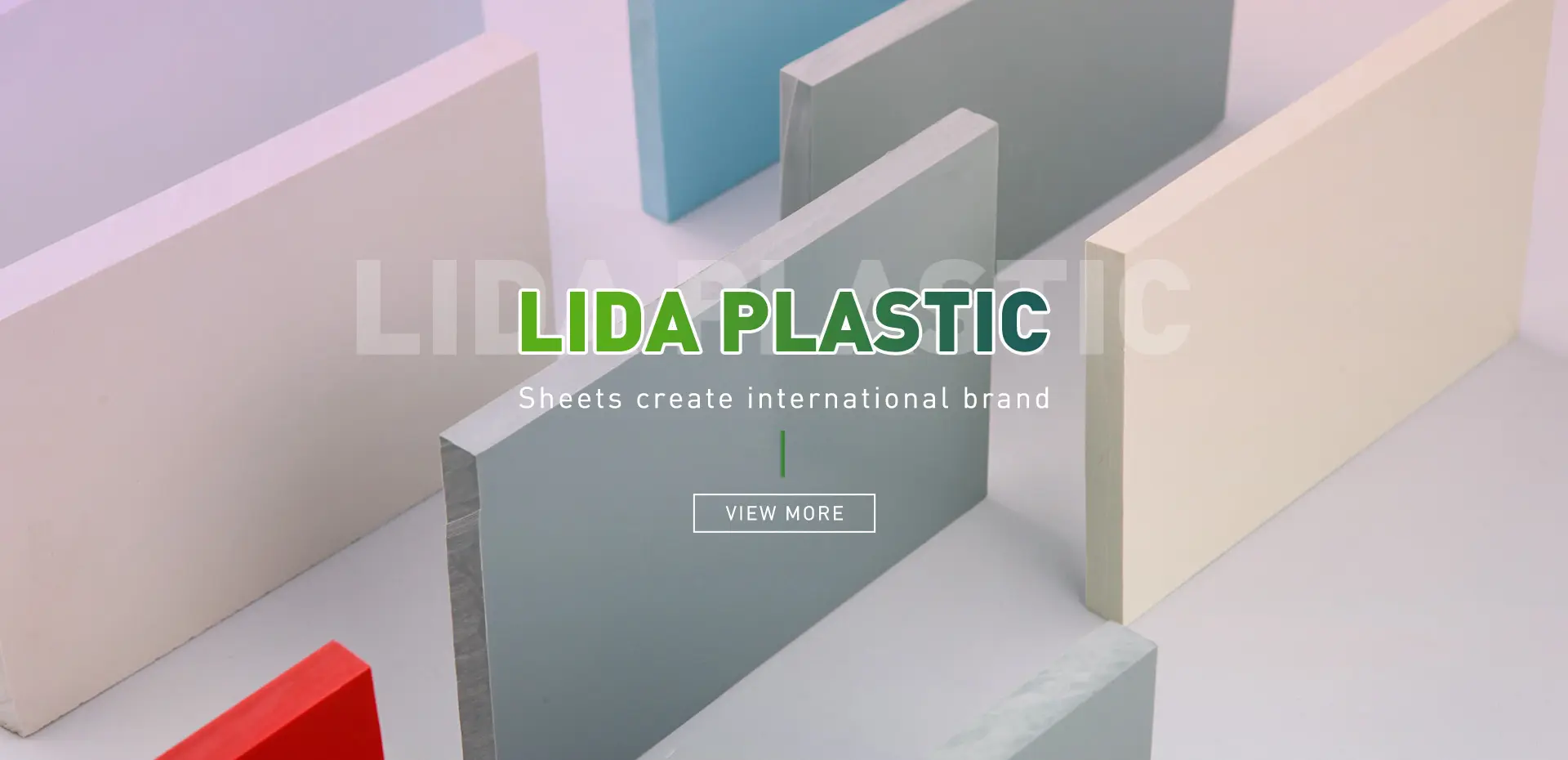Nov . 27, 2024 14:40 Back to list
High-Density Polyethylene Sheet Applications and Benefits for Various Industries
Understanding HDPE Sheets Properties, Applications, and Advantages
High-Density Polyethylene (HDPE) sheets are a versatile and durable material widely used in various industries today. Known for their strength, lightweight nature, and chemical resistance, HDPE sheets have become a go-to option for many applications. This article explores the properties, applications, and advantages of HDPE sheets, highlighting why they are increasingly favored in both industrial and commercial sectors.
Properties of HDPE Sheets
HDPE is a thermoplastic made from the polymerization of ethylene. Its unique molecular structure gives HDPE sheets several distinct properties. First and foremost, they are known for their high strength-to-density ratio, which means they can withstand significant pressure and weight without deforming. Additionally, HDPE sheets are resistant to impacts and can endure rough handling, making them ideal for various applications that require durability.
Another essential property of HDPE sheets is their exceptional resistance to chemicals. They do not react to many solvents, acids, or bases, making them suitable for use in environments where exposure to harmful substances is a concern. Moreover, HDPE has a low moisture absorption rate, ensuring that it maintains its integrity and performance even in wet conditions.
Thermal stability is another notable feature of HDPE sheets. They can handle a wide range of temperatures, from extreme cold to high heat, without losing their structural integrity. This versatility allows HDPE sheets to be used in different climatic conditions, making them ideal for outdoor applications.
Applications of HDPE Sheets
hdpe sheet

Due to their exceptional characteristics, HDPE sheets are utilized in a vast range of applications across various sectors. In the construction industry, they are often used for creating protective barriers, liners, and water containment structures, given their water resistance and durability. HDPE sheets are also popular in the manufacturing of tanks and containers for storing chemicals and liquids, owing to their chemical resistance.
In the agricultural sector, HDPE sheets serve multiple purposes, such as liners for ponds or tanks, mulch films, and greenhouse covers. Their UV stability ensures that they can withstand prolonged exposure to sunlight without degrading. Additionally, HDPE sheets are used in the automotive and transportation industry for making components that require lightweight yet robust materials.
In various consumer products, HDPE is used to manufacture items such as cutting boards, storage bins, and playground equipment. The food industry also benefits from HDPE sheets, as they are non-toxic and easily cleaned, making them suitable for food contact applications.
Advantages of HDPE Sheets
The benefits of using HDPE sheets are numerous. One significant advantage is their recyclability; HDPE is one of the most commonly recycled plastics. This aspect not only contributes to environmental sustainability but also makes HDPE products cost-effective in the long run.
Furthermore, HDPE sheets are easy to fabricate and can be cut, welded, or formed into various shapes and sizes, allowing for customization in different applications. Maintenance is minimal, as HDPE is easy to clean and resistant to stains, which adds to its longevity and usability.
In conclusion, HDPE sheets offer an impressive combination of strength, durability, and adaptability. Their resistance to chemicals and moisture, alongside their lightweight properties, make them suitable for a multitude of applications across various industries. As awareness of environmental sustainability grows, the use of HDPE sheets continues to rise, solidifying their position as a preferred material in both industrial and consumer settings. With ongoing advancements in manufacturing processes, the potential for HDPE sheets will likely expand even further, offering innovative solutions for future challenges.
-
High-Quality PPR Pipes and Fittings Durable ERA PPR & PVC PPR Solutions
NewsJul.08,2025
-
Black HDPE Cutting Board - Durable, Non-Porous & Food Safe HDPE Plastic Cutting Board
NewsJul.08,2025
-
High-Quality CPVC Panel Durable HDPE & PVC Panels Supplier
NewsJul.08,2025
-
Double PE Welding Rod Supplier - High Strength, Durable & Versatile Welding Solutions
NewsJul.07,2025
-
High-Quality PVC-O Pipe Supplier Durable 75mm PVC Pipe & Connections Leading PVC Pipe Company
NewsJul.07,2025
-
HDPE Drainage Pipe Supplier – Durable & Corrosion-Resistant Solutions
NewsJul.06,2025

